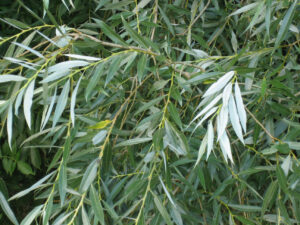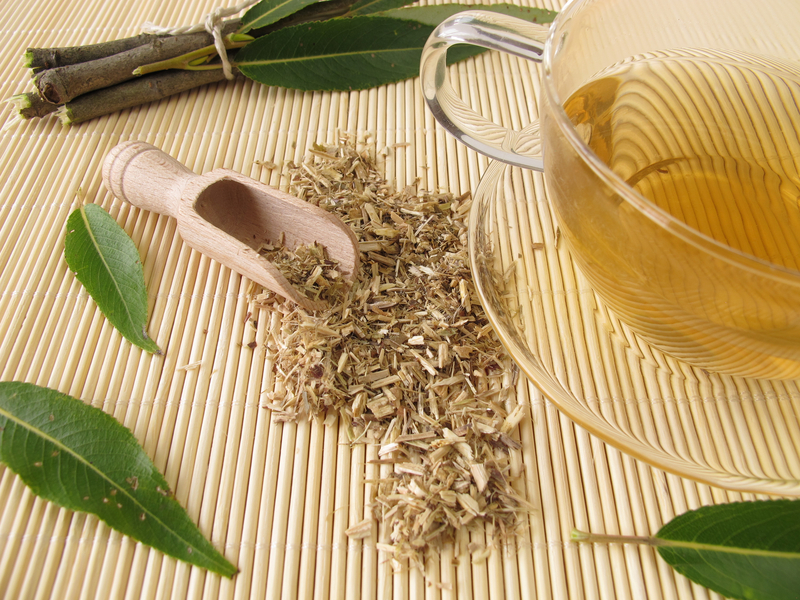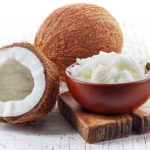Incredible White Willow Benefits
When you discuss about the health benefits of white willow, always remember that its principal function is to successfully fight pain and fever.
A decoction of white willow plant is an excellent antirheumatic substance, because of its salicin content, a chemical seen as a alternative to aspirin. Health of white willow are quite enormous.
It is one of the most widely used plants remedies in Assur and Babylon. Also known as Salix alba, the parts of the plants used for medicinal purposes are the leaves, bark, and the flowers.
The following are the plant properties:
- Anodyne
- Antispasmodic
- Astringent
- Diuretic
- Febrifuge
- Tonic
- Diaphoretic
It is important to know that this medicinal plant affects the intestines, stomach, kidneys and head.
White willow bark contains salicin, a chemical similar to aspirin (acetylsalicylic acid). Combined with the herb’s powerful anti-inflammatory plant compounds (called flavonoids), salicin is thought to be responsible for the herb’s pain-relieving and anti-inflammatory effects.
In fact, in the 1800s, salicin was used to develop aspirin. White willow seems to relieve pain more slowly than aspirin, but its effects may last longer.
Plant description
The willow family includes several different species of trees and shrubs native to Europe, Asia and parts of North America. Some of the best known species are the white willow/European willow (Salix alba), the black willow/pull willow (Salix nigra), the creaking willow (Salix fragilis), the purple willow (Salix purpurea) and the drooping willow (Salix babylonica).
Not all willow species accumulate therapeutically sufficient amounts of salicin. In one study, the amount of salicin after 1 and 2 years of growth in the fall and spring ranged from 0.08 to 12.6%. Willow bark sold in Europe and the United States typically consists of a combination of white, purple, and crisp willow bark.
White willow has toothed lanceolated, narrow leaves.
Properties and Indications

The bark, and lesser amounts of the leaves and flowers of the white willow plant, contain tannin which give them astringent and amazing invigorating properties. The parts of the plant also contain mineral salts, and coloring substances.
However, the most active compound found in parts of this amazing medicinal plant is a glucoside called salicin.
It is by the mechanism of an enzyme called glucoside, the salcin can turn into glucose and salygenine.
By means of oxidation process, the later substance becomes first salicylic aldehyde and then salicylic acid. Then from salicylic acid, acetylsalicylic acid or aspirin is obtained.
Health benefits of White willow below
Due to its salicin content, the while willow tree has febrifuge, analgesic, anti-inflammatory, antirheumatic, and mild sedative and antispasmodic properties and the it makes the plant quite useful in the following cases:
Diverse aches:
As a result of its antispasmodic and sedative properties, it is highly effective in alleviating any sort of aches, especially those of rheumatic origin, as well as genital pain in women, caused by dysmenorrhoea, that is, painful menstruation or uterine spasms.
Reduces Infections
One of the health benefits of white willow is that it helps to reduce the infection of the skin and the mucosa. When applied externally, the white willow plant is used to wash wounds and sores of the skins and as vaginally irritations, it can be used in treating leukorrhea.
Nervous Excitation
Due to its sedative properties, especially those of flowers, it is used for nervousness, insomnia, and anxiety.
It has been used as an antiaphrodiasiac for many centuries, as a result of the belief that it decreases fever it will also decrease an excessive love appetite.
Fever
As a febrifuge, it can be used in all kinds of febrile afflictions. It has the advantage of invigorating the digestive system that is, increases appetite, combats promise and gastric hyperactivity, and stops diarrhea, because of its bark content of tannin.
Uses and indications for medicine
Willow bark is used to relieve pain and reduce inflammation. Researchers believe that the chemical salicin, found in willow bark, is responsible for these effects.
However, studies show that some other components of willow bark, including phytochemicals called polyphenols and flavonoids, have antioxidant, antipyretic, antiseptic, and immune-boosting properties.
Some research shows that willow is as effective as aspirin at reducing pain and inflammation (but not fever) and in much lower doses.
Scientists believe it may be due to other compounds in the herb. More research is needed. The treatment
Studies show that willow bark may be helpful for the following conditions:
Headache
Willow bark has been shown to relieve headaches. There is some evidence that it causes fewer gastrointestinal side effects than other pain relievers, such as ibuprofen (Advil) and other non steroidal anti-inflammatory drugs.
However, studies have not shown this beyond doubt, and people prone to stomach upset may want to avoid willow bark. Large-scale studies are needed to fully determine the safety and effectiveness of willow bark for chronic or recurrent headaches.
Lower back pain
Willow bark seems to be effective for back pain. In a well-designed study of nearly 200 people with low back pain, those taking willow bark experienced significant improvement in pain compared to those taking a placebo.
People taking a high dose of willow bark (240 mg of salicin) experienced more pain relief than those taking a low dose (120 mg of salicin).
Osteoarthritis
Some studies show that willow is more effective at reducing osteoarthritis pain than a placebo. In a small study of people with osteoarthritis in the neck or lower back, those given willow bark experienced significant improvement in symptoms compared with those given a placebo.
A similar study in 78 people hospitalized for osteoarthritis in the knee or hip found that those taking willow bark experienced significantly less pain than those taking a placebo.
Other use

Internally, white willow alleviates pain and reduces fevers. Since it contains salicin, it is a natural alternative to aspirin.
It is the “pain herb” and good for headache as stated above. It is recommended for allergies, nerve pain, pains in the joints, backaches, inflammation and menstrual pain.
It is used for fever, as stated earlier. It is good for neuralgia, rheumatism, arthritic pains and gout.
It is especially useful for kidneys, urethra, bladder irritabilities, and acts as an analgesic to those tissue.
Externally, when applied to injuries and toothache, its a good remedy.
The tea can be used as a good eyewash. Sniff it up your nose, to stop fomentation and poultice for infected wounds, ulceration, eczema, and all other skin diseases.
Gargle with it for throat and tonsil infections. Also use it for other surface bleeding.
Preparation and Use
Internal Use
- Decoction with 30 grams of bark and/or leaves per liter of water, boiling for 15 to 20 minutes. Steep for another 15 – 20 minutes. Drink 3 or 4 cups daily. You can sweeten with honey if need be.
- Powder: It can be obtained by grinding the bark with an electric mill. Administer after dissolving it in water with honey, before each meal. The recommended dose is 3 to 5 grams (a teaspoonful) for intake.
- Infusion with a spoonful of dry flowers per cup of water. Drink from 2 to 4 cups daily, especially before going to bed. This Infusion has strong sedative properties.
External Use
- Compresses soaked in a decoction more concentrated than that used internally 70 – 100 grams per liter of water.
- Vaginally irritations with the liquid of the aforementioned decoction, once well strained.
- Skin washings with the aforementioned decoction.
Preparation and Amounts
- Infusion: steep 5 – 15 minutes. Take 1 cup during the day.
- Decoction (bark): Simmer 5 – 15 minutes. Take 1 cup during the day.
- Tincture: Take 15 – 60 drops as needed.
- Fluid extracts: Take ¼ – 1 teaspoon as needed.
- Powder: Take 6 – 10 #0 capsules (30 – 50 grains) as needed.
Professional herbalists may recommend willow bark for the following conditions, however, more research is needed.
Menstrual cramps
Fever
Flu
Tendonitis
bursitis
Cancer
Warning
Health benefits of white willow are not for pregnant women. In essence, it is not recommended for use during pregnancy. It should not be used by individuals allergic to aspirin.
Foods to avoid with Kidney Failure

A graduate of Computer Science and Information Management Technology. Diploma – Caregiving, Certificates – Dementia and Diabetes Awareness and Management. A researcher, blogger, songwriter, singer and acoustic guitarist. Born in an environment where natural talents such as healing are imparted at our natural birth. This natural talents of healing is the result of our genetic inheritance and the training from family environment.














